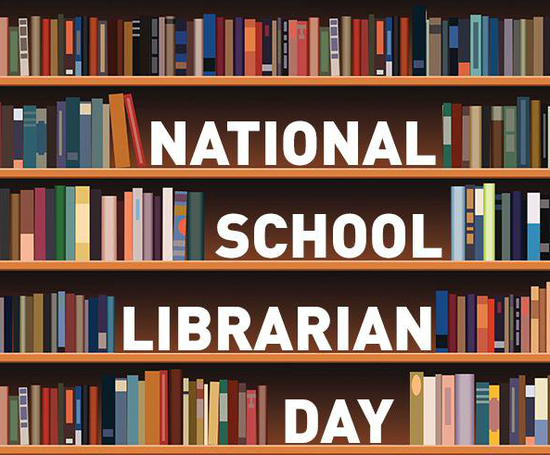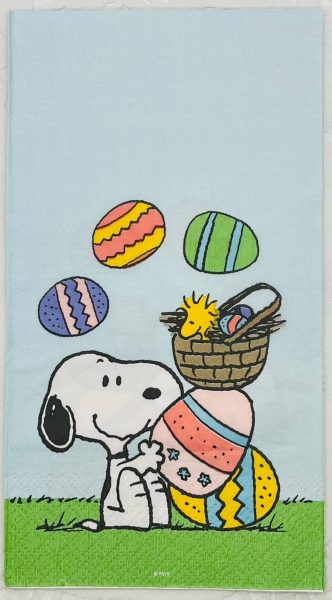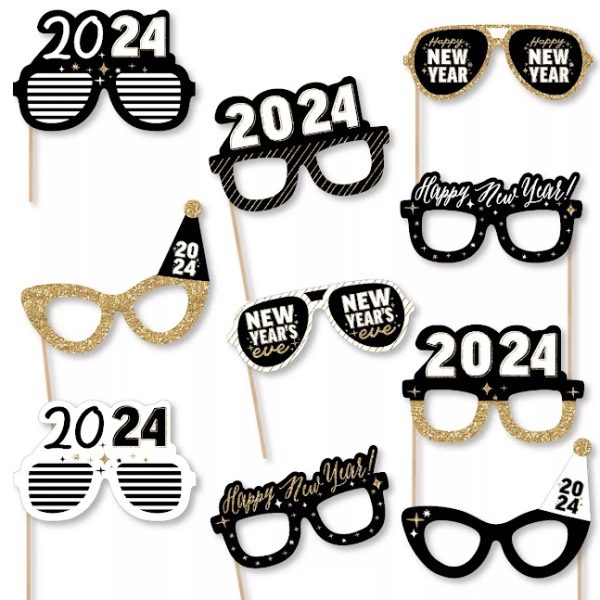Simple messages sent by light or sound
Photo by Chris Curry on Unsplash
It’s as easy as learning a foreign language for some.
Imagine communicating with just a few taps of your fingers on your wall, or rhythmically tapping your pen on your desk. If you know Morse code, you can pass along any message, so long as the recipient knows what each letter represents.
Morse code is a communication method using dots and dashes to represent alphabet letters, numbers, punctuation, and special characters. It doesn’t have to be shared by sound. It can also be sent as visual signals, such as flashing lights, or printed in its basic form.
This system was invented in the United States by Samuel F.B Morse during the 1830s, primarily for use by electrical telegraphy. It was later improved by American scientist and businessman Alfred Lewis Vail. Both versions use a pattern of dots, dashes of varying lengths, and spaces to represent letters. International Morse Code, on the other hand, uses dashes of constant length, as well as dots and spaces.
Morse code is one way to communicate over distances, and the auditory version relies on the length of the unit of sound, like a version using lights would use length of the visual unit. The transmission of the short dot signal is the basic time measurement. To reach a standard dash unit, the equivalent of three dots would be presented.
The space between letters is about the same as three dots whereas the space between words is about seven dots.
If you would ever like to learn Morse code, you would be able to find many different charts to learn and study on the Internet. It just all takes memorization or access to a translator website like https://morsecode.world/international/translator.html.
–. — — -.. / .-.. ..- -.-. -.- -.-.–









